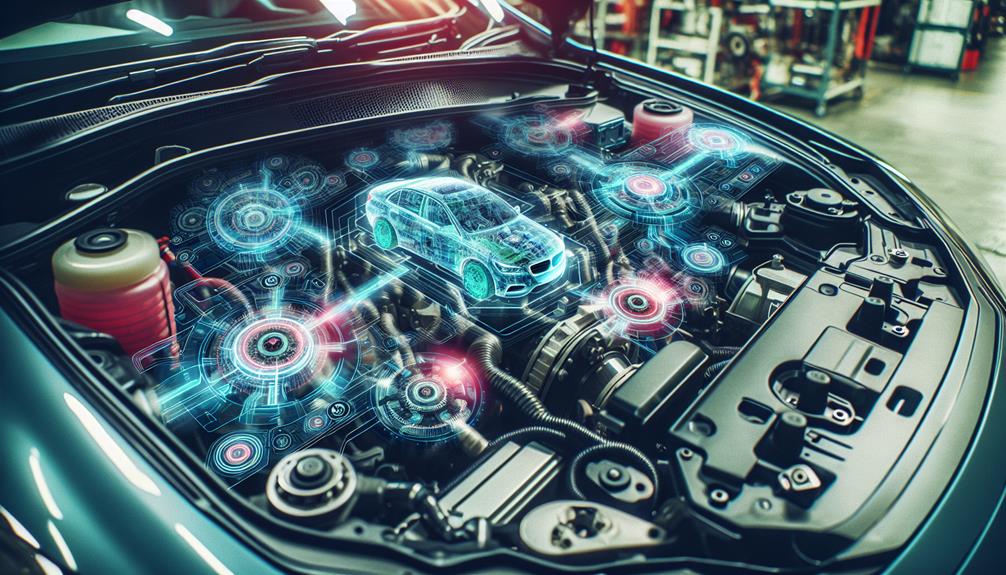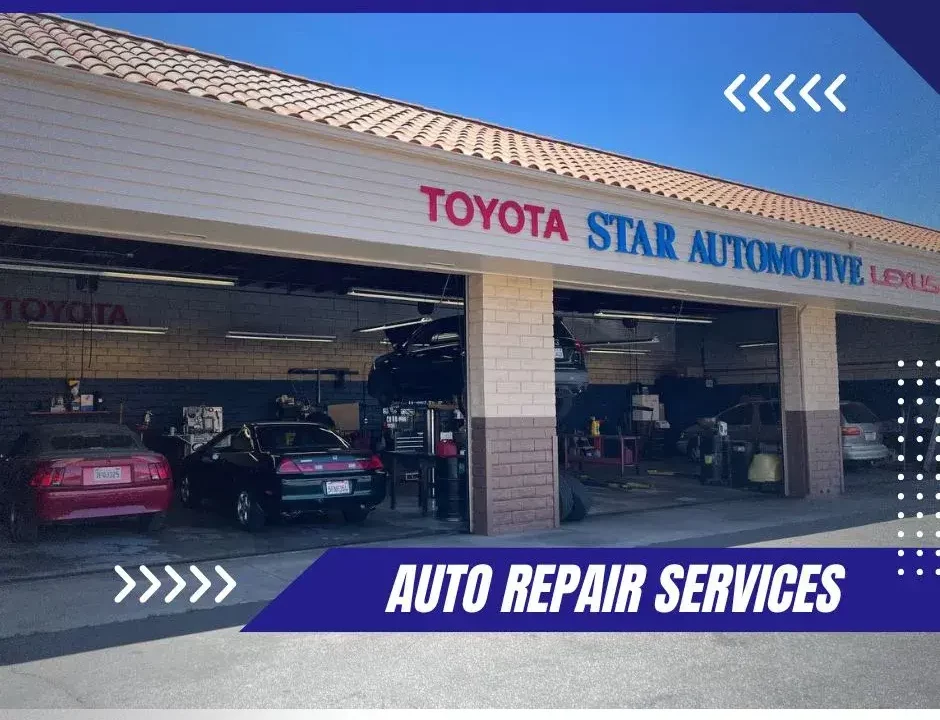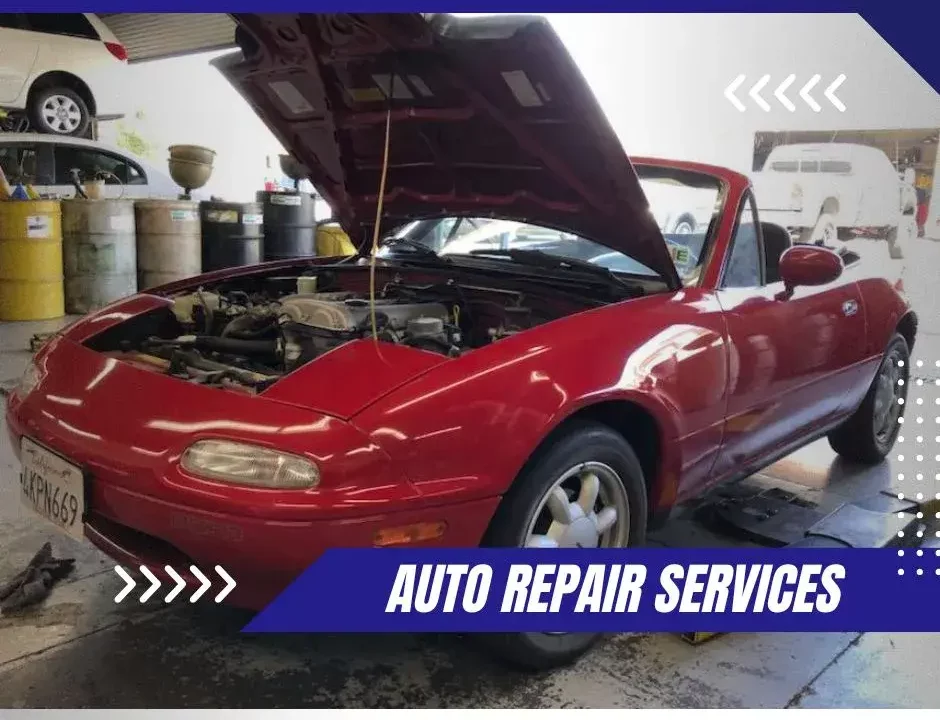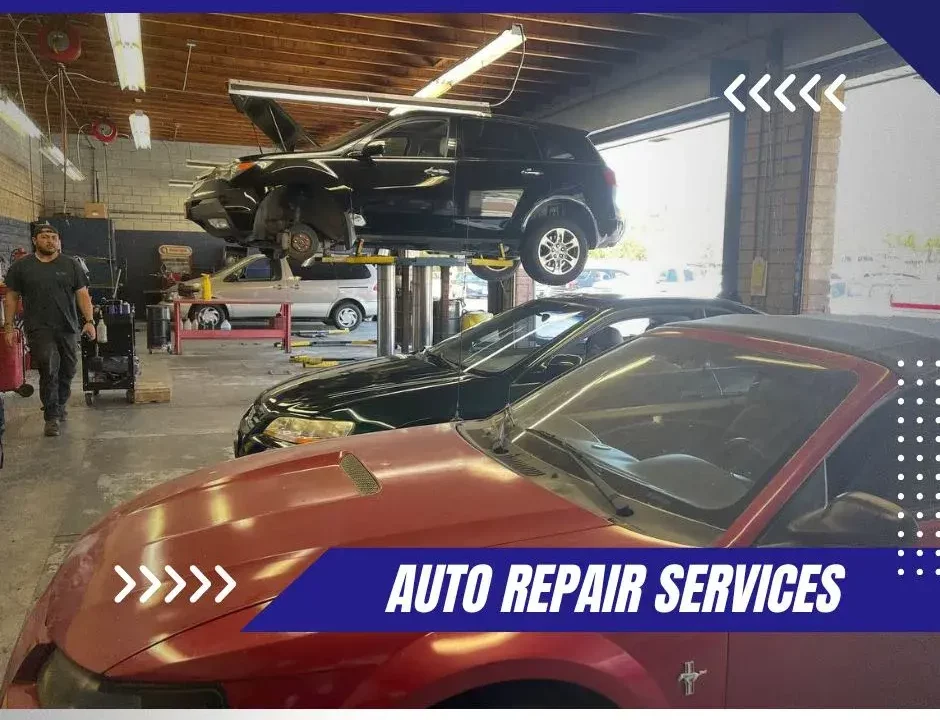Experience Luxury Skincare at French Skin Clinic in Newbury Park, CA
February 6, 2024
Revving Up: Advanced Techniques in Engine Tuning
February 9, 2024In the realm of auto repair, the art of engine diagnostics represents a critical discipline that often leaves many car owners and enthusiasts bewildered. This is largely due to the intricate nature of modern engines and the complex language of diagnostic trouble codes (DTCs) that they generate. These alphanumeric codes, triggered by a vehicle’s onboard diagnostic system, serve as the primary tool for identifying and resolving mechanical issues. Yet, without a profound understanding of what these codes represent, they can seem like indecipherable enigmas. As we venture into the complex labyrinth of engine diagnostics, we will endeavor to unravel the mystery behind these codes, fostering a deeper comprehension of the profound language used by our vehicles to communicate their health status.
Understanding Car’s Diagnostic Codes
Diving into the complex world of a vehicle’s diagnostic codes, it’s crucial to understand that these coded messages are the car’s way of telling you about any malfunctions or failures within its intricate system. These codes, generated by the onboard diagnostic (OBD) system, are specific to each vehicle make and model. They serve as a universal language, facilitating communication between the driver and the machine. Understanding these codes requires a combination of technical know-how and experience, empowering you to diagnose and address potential issues proactively. Having this knowledge not only enhances your relationship with your vehicle but also fosters a sense of belonging in the global community of automobile enthusiasts and experts.
Steps to Decode Engine Alerts
Having comprehended the significance of car’s diagnostic codes, let’s now unravel the step-by-step process of decoding engine alerts to ensure efficient troubleshooting of potential issues.
1. Interpret the Code: Each alert corresponds to a specific code, which is a direct indicator of the potential problem.
2.Consult the Manual: The car’s manual contains a comprehensive list of these diagnostic codes and their meanings.
3.Perform a Physical Check: Cross-reference the diagnostic code with the physical state of the engine to verify the issue.
4.Seek Professional Help: If the issue persists, seek professional help. A certified mechanic will have the experience and tools needed to accurately diagnose and fix the problem.
Conclusion
In conclusion auto repair, understanding engine diagnostic codes and taking the necessary steps to decode engine alerts is crucial for maintaining the health of a vehicle. This knowledge can prevent unnecessary breakdowns, save costly repairs, and ensure the longevity of the vehicle. The case of a 2005 Ford F150 whose owner could have avoided a $2000 repair bill with timely diagnostics, exemplifies the importance of these skills. Hence, thorough knowledge of engine diagnostics is pivotal in today’s highly automated automotive landscape.




